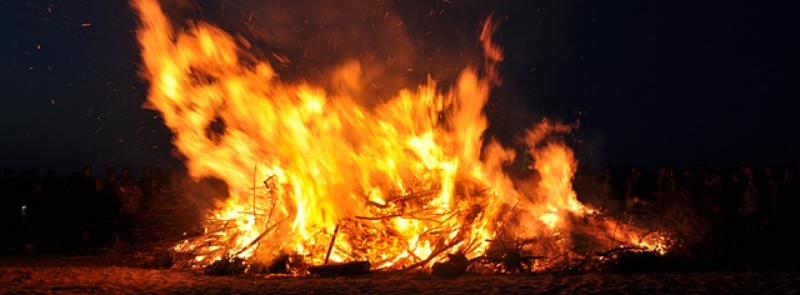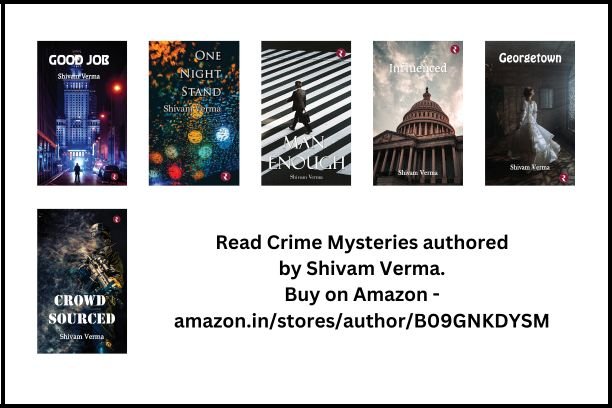
When It Occurs
Every April 30th
Official Website
Timeline
Days Passed (897)
# Hashtags
#WalpurgisNight #TraditionAndFolklore
Walpurgis Night, known as Valborgsmässoafton in Swedish, Vappu in Finnish, Volbriöö in Estonian, Valpurģu nakts or Valpurģi in Latvian, and Walpurgisnacht in German, as well as Čarodějnice in Czech, is a festive occasion observed on either April 30 or May 1. This celebration takes place in Finland, Sweden, Bohemia (Czech Republic), Estonia, Latvia, and Germany.
Background and History
- Origins: Walpurgis Night is named after Saint Walpurga, an English missionary who became a renowned abbess in what is now Germany. She was canonized on May 1, 870, and her feast day became associated with the pre-Christian spring celebrations that occurred around the same time.
- Pagan Roots: The festival has its roots in ancient pagan customs celebrating fertility and the end of winter. These customs were later incorporated into Christian practices, blending folklore and religious observance.
- Folklore: According to Germanic folklore, Walpurgis Night was believed to be the night when witches gathered on the Brocken mountain, the highest peak in the Harz Mountains, to hold a witches' Sabbath. To protect themselves from witchcraft and evil spirits, people lit bonfires and made loud noises to ward off the witches.
Celebrations and Traditions
Germany
- Bonfires: In Germany, bonfires are a central feature of Walpurgis Night. These fires symbolize the burning away of winter and the protection against evil spirits.
- Costumes and Masks: People often dress up as witches and demons, wearing costumes and masks to join in the revelry and ward off malevolent forces.
- Dancing and Music: Dancing around the bonfires and enjoying traditional music are common activities, creating a festive atmosphere that welcomes the arrival of spring.
Sweden
- Valborg: In Sweden, Walpurgis Night is known as Valborg and is one of the most celebrated traditional events. Bonfires, singing, and community gatherings are key elements.
- Choirs and Songs: Choirs perform traditional spring songs, often in public spaces, to celebrate the end of winter and the arrival of warmer weather.
- Student Celebrations: In university towns like Uppsala and Lund, students organize parades, parties, and various activities, marking Valborg as a significant social event.
Finland
- Vappu: In Finland, Walpurgis Night is called Vappu and is a major celebration. It is a public holiday on May 1, dedicated to workers and students.
- Carnival Atmosphere: The night features a carnival-like atmosphere with parades, picnics, and outdoor activities.
- Simas and Tippaleipä: Traditional foods and drinks, such as sima (a type of mead) and tippaleipä (a funnel cake), are enjoyed during the festivities.
Estonia and Latvia
- Volbriöö and Valpurģu nakts: In Estonia and Latvia, the night is known as Volbriöö and Valpurģu nakts, respectively. It is celebrated with bonfires, singing, and dancing to mark the end of winter.
- Witch-themed Celebrations: Similar to other countries, there are elements of witch-themed celebrations, with people dressing up and participating in various folklore-related activities.
Czech Republic
- Pálení čarodějnic: In the Czech Republic, Walpurgis Night is known as Pálení čarodějnic, or "Burning of the Witches." Large bonfires are lit, and effigies of witches are burned to symbolize the cleansing of evil spirits.
- Community Gatherings: The night is marked by community gatherings, where people come together to enjoy food, music, and dancing around the fires.
Significance
- Cultural Heritage: Walpurgis Night is a significant cultural event that preserves ancient traditions and folklore, blending pagan and Christian practices.
- Spring Celebration: It marks the transition from winter to spring, celebrating renewal, fertility, and the awakening of nature.
- Community and Festivity: The festival fosters a sense of community and joy, bringing people together to celebrate with music, dance, and communal activities.
Modern Observances
- Tourism and Festivals: In many regions, Walpurgis Night has become a popular tourist attraction, with large festivals and events drawing visitors.
- Urban Celebrations: Urban areas have adapted the traditional bonfires and outdoor activities to city settings, with concerts, fireworks, and street parties.
- Cultural Adaptations: While maintaining traditional elements, modern celebrations often include contemporary music, food stalls, and various forms of entertainment to appeal to a broader audience.
Conclusion
Walpurgis Night is a vibrant and historically rich festival that brings together ancient customs and modern celebrations. It serves as a reminder of cultural heritage and the universal human desire to celebrate the changing seasons and the renewal of life. Whether through the lighting of bonfires, the singing of traditional songs, or the communal festivities, Walpurgis Night continues to be a cherished occasion in many parts of Europe.


